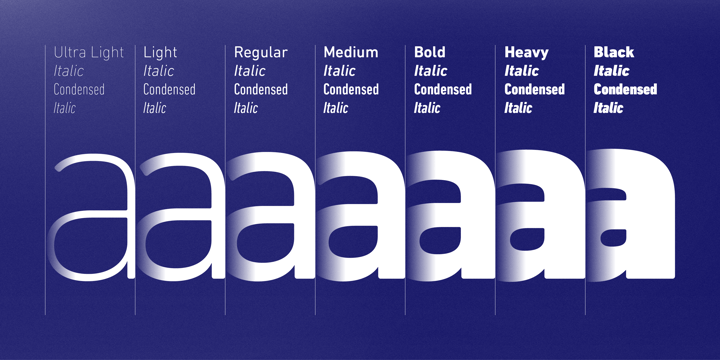


Download it for free and see how well it displays your headlines, memos, and logos.įor something bold yet exciting, you can check out PULSE and BADGER – both dynamic, and larger than life. You can find the OTF version of it from Font Squirrel. Use DIN for corporate purposes such as presentations, labels, media, etc. Both are premium fonts, but you can score a good variant from DaFont at no cost. The popularity of FF DIN has spawned other versions, including a rounded version ( FF DIN Round ), and a bolder FF DIN Next. Please, talk with the author for commercial use or for any support. DIN Condensed Bold is free for personal use only. While the sans serif has nothing noteworthy in terms of playfulness, it makes up for it in functionality. DIN Condensed Bold is the perfect font for all your fun designs.DIN Condensed Bold was designed by Linotype Staff.The font family is DIN Condensed.The subfamily is Bold. If you drive around Germany, you can still see traces of the previous DIN 1451 on older road signs. Later on, support for Eastern European, Greek, and Cyrillic languages was added, too. DIN Condensed Bold by Copyright 1981, 2002 Heidelberger Druckmaschinen AG. You have obtained this typeface software either directly from ITC or together with software distributed by one of. License NOTIFICATION OF LICENSE AGREEMENTThis typeface is the property of International Typeface Corporation (ITC) and its use by you is covered under the terms of a license agreement.
DIN CONDENSED FONT FREE DOWNLOAD PRO
Although it has retained its original plain appearance, this updated variant has high x-height and features more weights.Īside from new styles, FF DIN also includes special characters such as: arrows, mathematical symbols, fractions, superscript numeral figures, as well as extra accented Latin letters. DIN Condensed Bold Font - What Font Is - Download DIN Condensed Bold font. Din Next Lt Pro Condensed Font Free Download. By 1995, the font set would be updated by Dutch designer Albert-Jan Pool. Simple enough to be used for engineering and technical applications, it was uncomplicated, legible, and unadorned. This has the look of stencilled characters. It was created following the rules established by the Deutsches Institut fur Normung or German Institute for Standardization. Released in 1931, it was used not only in Germany but also in other cities (e.g. This sans serif was originally called DIN 1451 and includes two styles: a medium (Mittelschrift) and a condensed (Engschrift) version. Fonts 5,805 Fonts Origins of the DIN Font


 0 kommentar(er)
0 kommentar(er)
